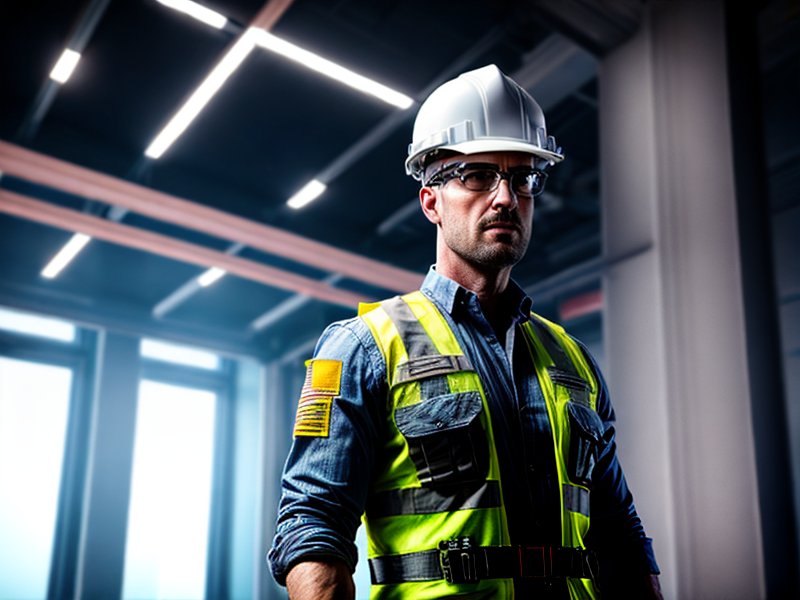In the dynamic realm of construction, safety is of paramount importance. With increasing complexity and scale of construction projects, ensuring the safety of workers and the public becomes even more crucial. Traditional methods of safety protocol implementation often fall short due to limitations in visualizing potential hazards and analyzing their impact. However, with the advent of 3D visualization technology, construction companies now have a powerful tool at their disposal to create safer environments. This article explores how safety protocols can be enhanced through the use of 3D visualization, ultimately leading to safer construction practices.
Enhancing Safety Protocols with 3D Visualization:
1. Improved Hazard Identification:

Optimizing safety protocols begins with identifying potential hazards accurately. 3D visualization allows construction professionals to create virtual replicas of construction sites, providing an immersive experience that highlights potential risks. By thoroughly analyzing the 3D model, project managers and safety officers can identify hazards that may be overlooked in traditional 2D plans. This proactive approach enables the development of comprehensive safety protocols that address all potential risks.
2. Real-time Risk Assessment:
Effective safety protocols not only focus on hazard identification but also incorporate real-time risk assessment. 3D visualization technology enables the integration of various data sources, such as weather conditions, site conditions, and equipment performance, into a virtual model of the construction site. By simulating different scenarios, construction professionals can assess the potential risks at any given moment and implement necessary safety measures accordingly. This dynamic approach ensures that safety protocols remain adaptable to changing conditions.
3. Training and Education:

Training and education are vital aspects of implementing robust safety protocols. 3D visualization tools provide an immersive environment that can be utilized for training workers on safety procedures and potential hazards. Virtual reality (VR) simulations allow workers to experience hazardous situations and practice appropriate responses, enhancing their preparedness in real-world scenarios. This interactive training method significantly improves retention and empowers workers to make informed decisions when faced with potential hazards on the construction site.
4. Communication and Collaboration:
Clear communication and seamless collaboration among stakeholders are essential for effective safety protocols. 3D visualization technology bridges the communication gap by providing a shared platform for all stakeholders, including architects, contractors, safety officers, and workers. By visualizing the construction project in 3D, the entire team gains a comprehensive understanding of the project, promoting effective collaboration and allowing for early identification and resolution of safety-related issues. This holistic approach ensures that safety protocols are integrated into the project at every stage, minimizing risks.
5. Enhancing Emergency Preparedness:
Safety protocols must also encompass emergency preparedness to ensure a rapid response in case of unforeseen events. 3D visualization technology can simulate emergency scenarios, such as fires or structural failures, enabling construction professionals to develop effective evacuation plans and emergency protocols. By visualizing these scenarios beforehand, potential bottlenecks and hazards can be identified, allowing for the implementation of appropriate safety measures. This proactive approach greatly improves the ability to address emergencies promptly and safeguard the well-being of workers and the public.
Safety protocols play a crucial role in the construction industry to prevent accidents, injuries, and loss of life. Embracing 3D visualization technology empowers construction professionals to enhance safety protocols by improving hazard identification, facilitating real-time risk assessment, providing immersive training experiences, promoting collaboration, and enhancing emergency preparedness. By leveraging the power of 3D visualization, construction companies can create safer environments, protect their workforce, and minimize the potential impact on the surrounding community. Adopting these techniques will undoubtedly lead to safer construction practices that prioritize the well-being of all stakeholders involved.